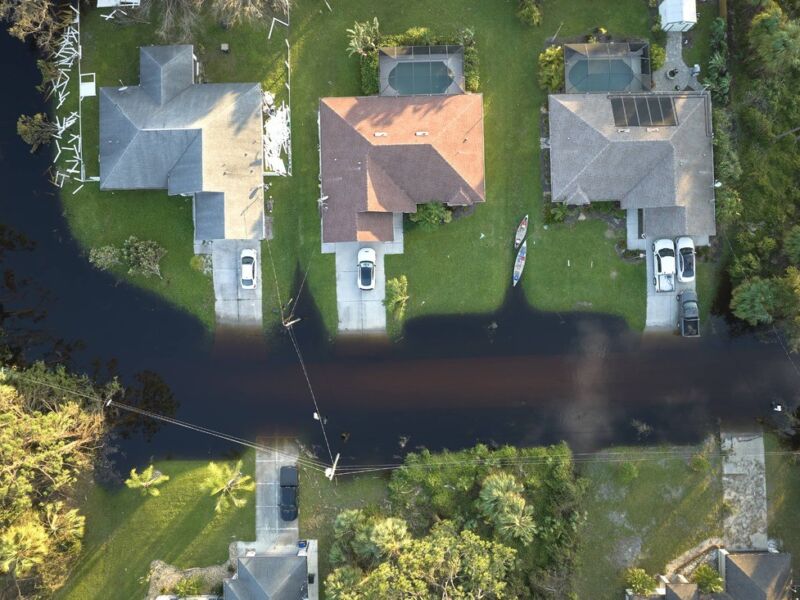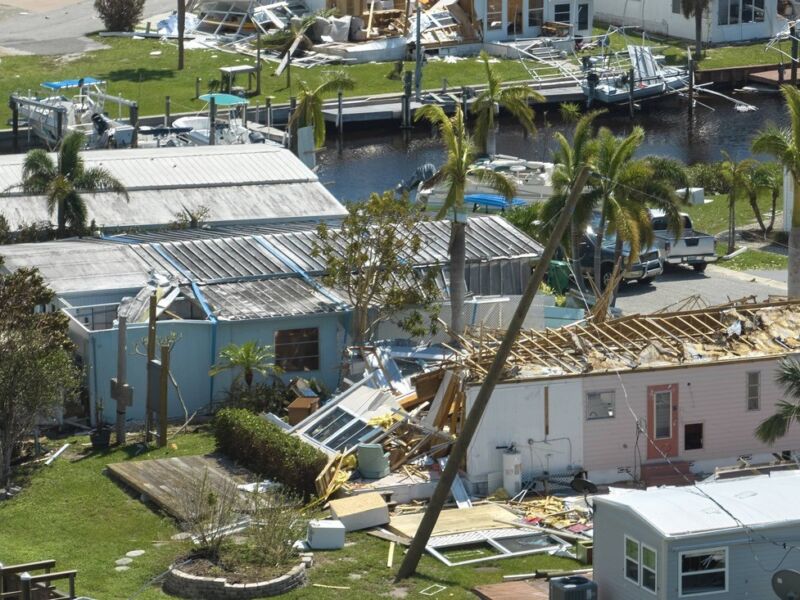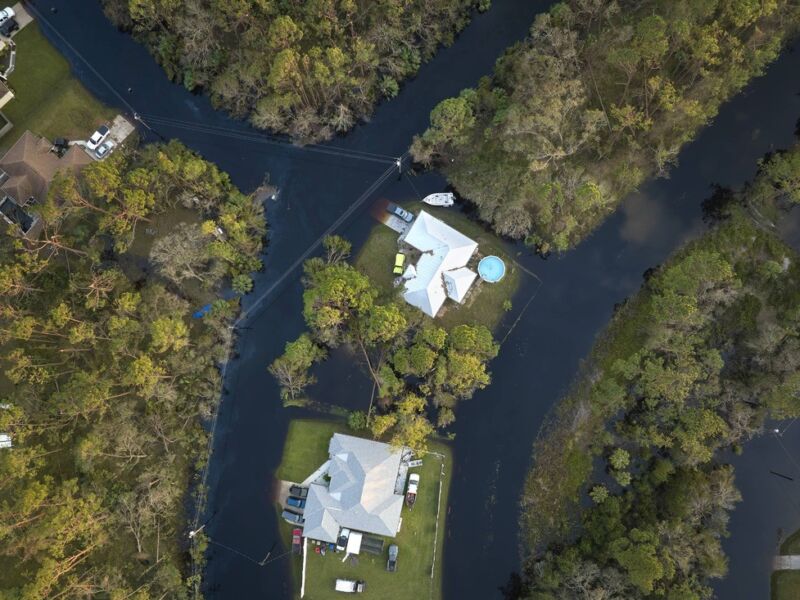
Introduction
Being prepared for emergencies is crucial for ensuring the safety and well-being of yourself, your family, and your community. One important aspect of emergency preparedness is having adequate storage solutions for storing essential supplies and resources. In this comprehensive guide, we will explore various aspects of emergency storage solutions, including different types of storage, tips for emergency planning, the importance of having emergency supplies, and more. By following the information provided here, you can be better equipped to handle any disaster or emergency situation.
Types of Emergency Storage Solutions
When it comes to emergency storage, there are different types of solutions available to accommodate various needs and situations. Some common types of emergency storage solutions include:
- Emergency Kits: These are pre-packaged kits that contain essential supplies for survival during emergencies. They are compact and designed to be easily portable.
- Pantry Storage: Storing non-perishable food items and water in a designated pantry area ensures that you have an adequate food supply during emergencies.
- Emergency Shelters: These are dedicated spaces or structures designed to provide shelter during disasters. They can range from small tents to more robust structures.
- Emergency Cabinets: Cabinets equipped with designated compartments and shelves for organizing and storing emergency supplies.
Tips for Emergency Planning
Having a well-thought-out emergency plan is essential for effectively responding to emergencies. Here are some tips to help you with your emergency planning:
- Create a Family Emergency Plan: Develop a plan that includes communication strategies, meeting points, and designated roles for each family member.
- Identify Emergency Exits: Familiarize yourself with the emergency exits in your home or workplace and create alternative exit routes if necessary.
- Establish Communication Channels: Ensure you have reliable means of communication during emergencies, such as a designated emergency phone or walkie-talkies.
- Stay Informed: Stay updated about potential hazards and emergency situations through local news, weather alerts, and official emergency notifications.
- Practice Emergency Drills: Regularly conduct drills to practice your emergency plan and ensure everyone knows what to do in different scenarios.

The Importance of Having Emergency Supplies
Having adequate emergency supplies is essential for ensuring your safety and survival during emergencies. Some key reasons why having emergency supplies is important include:
- Self-Sufficiency: With emergency supplies, you can be self-sufficient and rely on your own resources during critical situations.
- Rapid Response: Having supplies readily available allows for a quicker response to emergencies, reducing the potential impact and damage.
- Comfort and Security: Emergency supplies provide comfort and a sense of security during times of crisis, ensuring basic needs are met.
- Assisting Others: With ample supplies, you can also help those in need, such as neighbors or community members, during emergencies.
FAQs (Frequently Asked Questions)
What should I include in my emergency kit?
How often should I review and update my emergency supplies?
Important Facts and Statistics about Emergency Restoration
- According to the National Centers For Environmental Information, the U.S. has experienced multiple severe weather events resulting in significant damage and the need for restoration efforts.
- The water damage restoration industry is expected to grow at a CAGR of 6.8% from 2020 to 2025.
- The objective of disaster restoration is to restore the property to its pre-disaster state as closely as possible.
- FEMA has declared a disaster in various counties in Greater Houston multiple times in the past due to severe weather events.

For more information about emergency storage solutions and disaster restoration services, visit JGW Group Water Damage Restoration Deerfield Beach.



